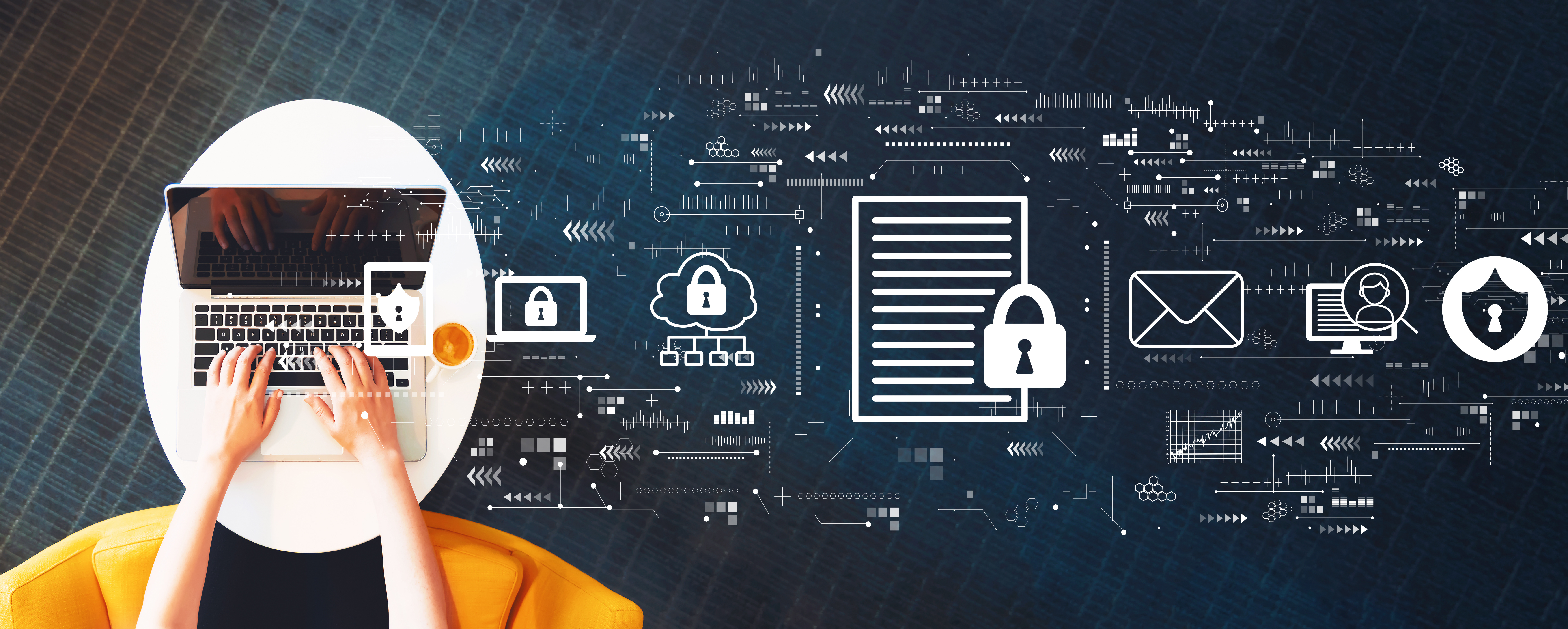AI in Cybersecurity: Friend and Foe
As businesses increasingly depend on digital infrastructure, the role of artificial intelligence (AI) in cybersecurity has become pivotal.
we’re witnessing a profound shift: AI is being used to make organisations more secure, but also adversaries are weaponising AI to create more sophisticated attacks.
In this article we’ll explore both sides of that coin: how AI strengthens defences and how it empowers cybercriminals, and what you should be doing to stay ahead.
How AI is strengthening cybersecurity
1. Faster threat detection and response
AI and machine-learning tools are capable of analysing vast volumes of data, flagging unusual behaviour or network traffic much more quickly than manual systems. For example, security solutions can model “normal” interactions across devices, users, applications – and when an endpoint suddenly behaves differently (e.g., lateral movement across a network) AI can alert or block earlier.
2. Automating routine security tasks
AI also helps automate many of the repetitive tasks that slow down security teams: incident triage, priority-scoring of alerts, patch-deployment scheduling, even user-behaviour analytics. This frees human experts to focus on the more strategic work.
From an IT providers perspective, automation means we can deliver better service, faster, with less cost and more consistency – benefiting our clients.
3. Predictive threat intelligence
By analysing historical attack data, trends, patterns, and threat-actor behaviour, AI tools can support predictive models to anticipate and mitigate attacks before they fully develop.
The other side: how cybercriminals are exploiting AI
AI is not just a tool for defenders. Unfortunately, the same technology is being harnessed by attackers – sometimes with alarming effectiveness.
1. AI-powered phishing, social engineering and deep-fakes
AI now allows attackers to generate highly personalised, convincing phishing emails, voice-calls, fake video/Teams calls, even smishing (SMS phishing) – all with far lower barrier to entry. For example:
-
AI can craft tailored phishing lures that reflect the target’s role, recent events, language, company context. CrowdStrike+2Control Risks+2
-
Deep-fake voice or video impersonation is becoming more accessible, enabling social-engineering attacks where a bogus “CEO” voice-calls an employee and asks for a transfer. CLTC
2. Adaptive, evasive malware and automation
Attackers are using AI to make malware more resilient: changing code dynamically (polymorphism), learning from defensive responses, evading detection, and automating the reconnaissance phase. The result: more sophisticated attacks, fewer tell-tale signs, and higher risk for businesses.
3. Lowering the barrier for attack
Because AI tools can do a lot of heavy lifting, less-skilled attackers can launch campaigns that previously required specialist skills. That means more actors, more volume, and more variation in attacks. In short: the threat environment has grown both in volume and sophistication.
4. Targeting people, not just systems
Whether it’s a spoofed video call, a voice message that sounds like your boss, or a highly personalised email referencing project names or internal-jargon – these social-engineered attacks aim at the human layer. And AI is making them more believable. If people are tricked, even the best technical defences can be bypassed.
Why choose EBC Group for your security-led managed services
Our approach puts security at the heart of your managed IT services: we monitor, manage and support your infrastructure so you can focus on your business operations, confident that your systems are optimised, scalable and secure.
In an era where AI is both a powerful ally and a formidable adversary, it’s more important than ever to work with a partner who understands both sides of the story.


